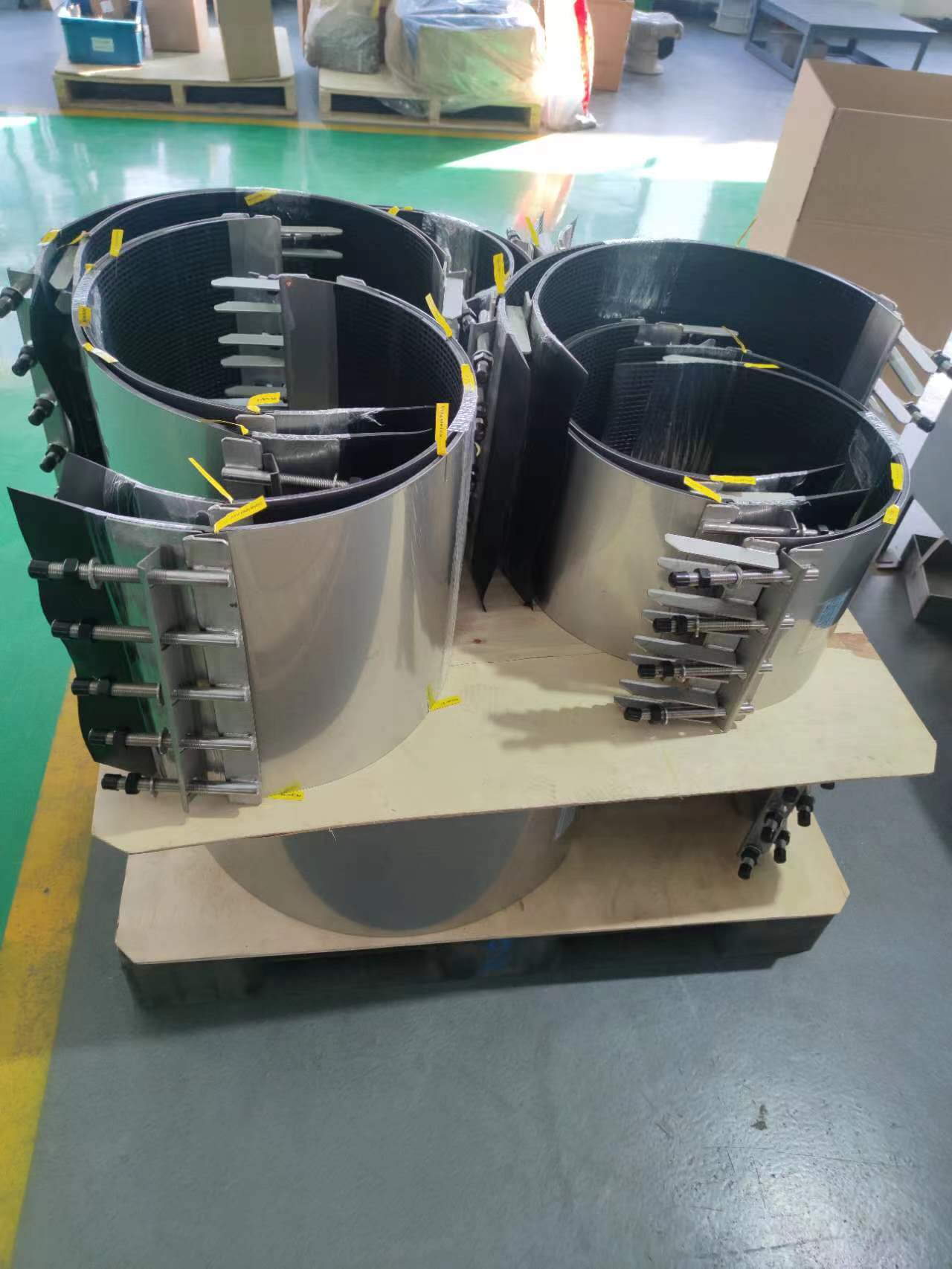Retractable Bollards for Enhanced Security and Access Control Solutions
The Significance of Telescopic Bollards in Modern Urban Design
In recent years, the incorporation of telescopic bollards into urban design has gained considerable attention. These innovative structures serve multiple purposes, from enhancing security to improving traffic management. As cities continue to evolve and face unprecedented challenges, telescopic bollards have emerged as key elements in creating safer and more organized urban environments.
What are Telescopic Bollards?
Telescopic bollards are vertical posts that can be raised or lowered, usually through a simple mechanical or hydraulic system. When deployed, they create a physical barrier that restricts the access of vehicles to certain areas, ensuring pedestrian safety and protecting property. When not in use, they can be retracted into the ground, minimizing their visual impact and allowing for the free flow of traffic. This versatility makes them particularly appealing in busy urban settings.
Enhancing Security
One of the primary reasons for the adoption of telescopic bollards is the enhanced security they provide. In an era where cities are increasingly vulnerable to vehicular attacks, these bollards offer a practical solution. By blocking vehicle access to crowded areas such as shopping districts, parks, and event venues, telescopic bollards can significantly reduce the risk of harm to pedestrians. Their ability to withstand impact, depending on their design, makes them an essential component of urban security planning.
Traffic Management
In addition to their security benefits, telescopic bollards play a crucial role in traffic management. They can be strategically placed to regulate the flow of vehicular traffic in high-density areas, ensuring that emergency vehicles can access critical locations without obstruction. In residential neighborhoods or commercial districts, retractable bollards can help manage parking and access, reducing congestion and preventing unauthorized vehicle entry. This flexibility leads to more efficient use of public space, promoting a smoother experience for both motorists and pedestrians.
Aesthetic Appeal
telescopic bollards

Although functionality is vital, the aesthetic aspect of urban design should not be overlooked. Telescopic bollards come in various designs, materials, and finishes, allowing cities to choose options that complement their architectural styles and public spaces. Customization is a significant advantage, as municipalities can select bollards that not only serve practical purposes but also enhance the overall visual appeal of the area. This thoughtful integration of design helps foster a sense of community while reinforcing a city’s identity.
Sustainability and Environmental Considerations
As cities grapple with the challenges of sustainability, telescopic bollards can contribute to green urban initiatives. Many modern bollards are made from eco-friendly materials and are designed for durability, reducing the need for frequent replacements. Additionally, they can be integrated with smart technology to monitor traffic patterns, collect data, and even offer charging ports for electric vehicles. By incorporating sustainable practices, cities can create more resilient environments that prioritize both people and nature.
The Future of Telescopic Bollards
Looking ahead, the role of telescopic bollards in urban design is likely to expand. As cities become more populated and pressures on infrastructure increase, innovative solutions will be essential. The integration of smart technology will enable bollards to connect with other urban systems, leading to enhanced safety and efficiency. For instance, they could be synchronized with traffic signals or monitored through mobile apps, giving residents and city planners real-time information about traffic conditions and access points.
Moreover, as public awareness of the importance of urban safety grows, the demand for telescopic bollards is expected to rise. Cities that proactively invest in these structures may find themselves better equipped to handle not only current challenges but also future demands. Community engagement in the planning process will also be crucial, ensuring that the implementation of telescopic bollards aligns with the needs and expectations of residents.
Conclusion
Telescopic bollards represent a dynamic response to the complexities of modern urban living. By enhancing safety, managing traffic, and contributing to aesthetic value, they address multiple challenges faced by urban planners today. As cities continue to evolve, the role of telescopic bollards will undoubtedly grow, setting a foundation for safer, more organized, and visually appealing urban spaces. By embracing this technology, municipalities can foster environments that prioritize the well-being of their citizens while adapting to the changing dynamics of urban life.
-
The Smarter Choice for Pedestrian AreasNewsJun.30,2025
-
The Gold Standard in Round Drain CoversNewsJun.30,2025
-
The Gold Standard in Manhole Cover SystemsNewsJun.30,2025
-
Superior Drainage Solutions with Premium Gully GratesNewsJun.30,2025
-
Superior Drainage Solutions for Global InfrastructureNewsJun.30,2025
-
Square Manhole Solutions for Modern InfrastructureNewsJun.30,2025
-
Premium Manhole Covers for Modern InfrastructureNewsJun.30,2025
